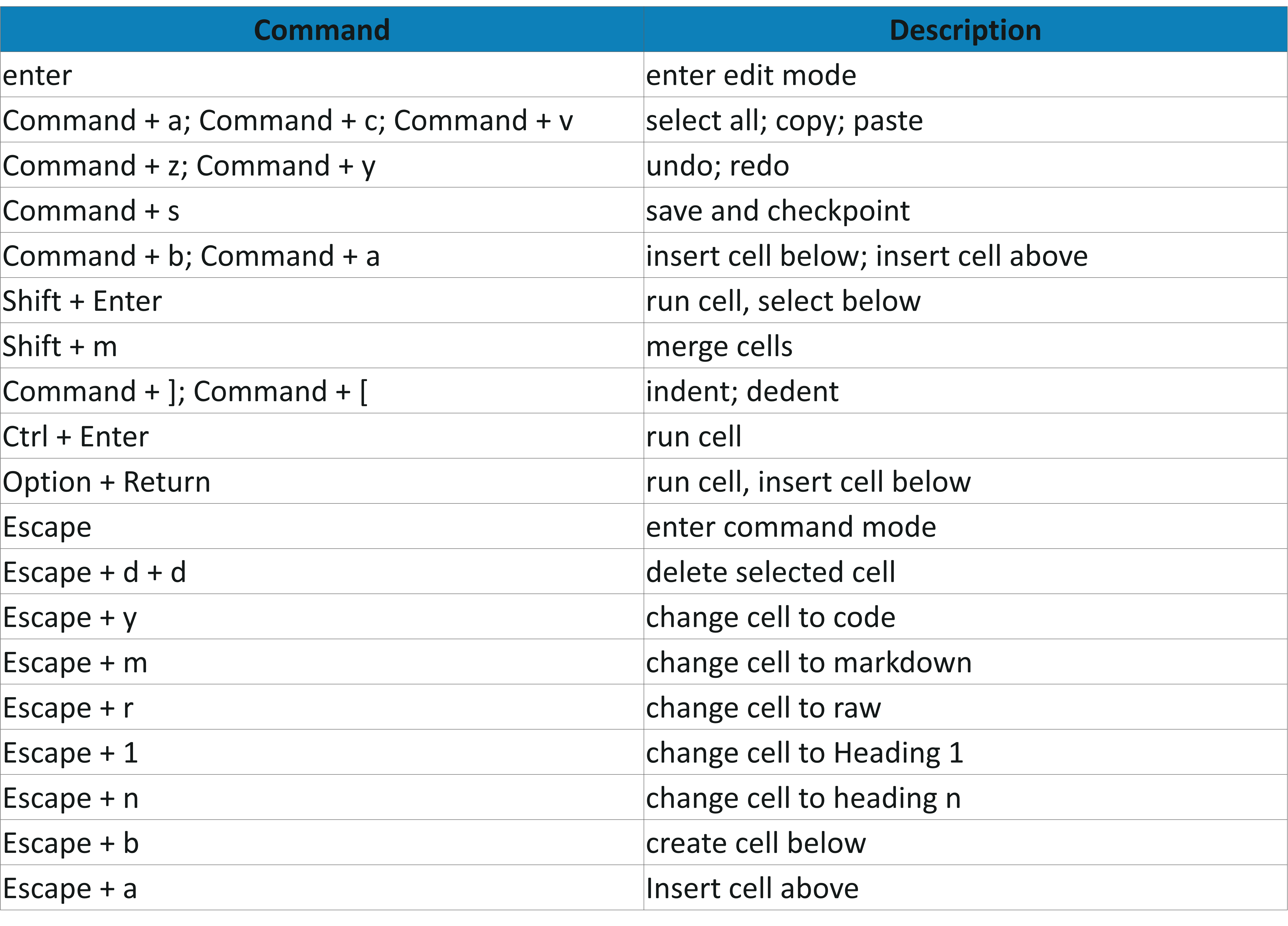- Jupyter Markdown Cheat Sheet 2019
- Jupyter Notebook Cheat Sheet
- Jupyter Notebook Markdown Cheat Sheet Pdf

Markdown Cheat Sheet. Markdown is a wonderfully simple approach to creating web pages, written by John Gruber of Daring Fireball.You get on with the business of writing (without any fancy code) and Markdown takes care of producing clean, web standards compliant HTML. JupyterLab, the successor to Jupyter Notebook, feels like playing video games with the cheat codes enabled. Matthew Broberg (Red Hat) Markdown beginner's cheat sheet. Tab completion in a Jupyter notebook. In case you didn’t know Jupyter notebooks have special tab completions for a whole lot of special characters. To use them you simply type Alpha then hit tab and there you have an alpha character. This is pretty simple, and not only does it work in markdown cells but it also works within code cells as well.
Jupyter Markdown Cheat Sheet 2019



Jupyter Notebook is a great tool for data analysis. Photoshop for mac trial cs6. And one of its greatest features is that you can easily combine runnable code with rich-text annotations. Markdown cells that contain such annotations support both HTML and Markdown syntax.
Personally I prefer # Header (markdown syntax) to <h1>Header</h1> (HTML syntax) in my notebook’s cells as the former looks more human. So I use markdown syntax more often and a concise cheat sheet for Jupyter Notebook markdown is what I was missing for a long time. Yes, I’m aware of such comprehensive cheat sheets like this and this, they are great but too verbal and it’s hard to print them on one page to have it easily accessible.
Jupyter Notebook Cheat Sheet
Eventually, I decided to gather all crucial points of the markdown syntax that are actual for Jupyter notebook and combine them in a concise cheat sheet that I present to you. It doesn’t explain much but should be useful if you simply forgot something. Click the picture to download the PDF version.
Jupyter Notebook Markdown Cheat Sheet Pdf
I didn’t get into the details of LaTeX syntax (see the penultimate cell in the cheat sheet with the square root of k) since it’s well described here (get ready, it’s a very long document) and you can even download a pretty good cheat sheet here.
